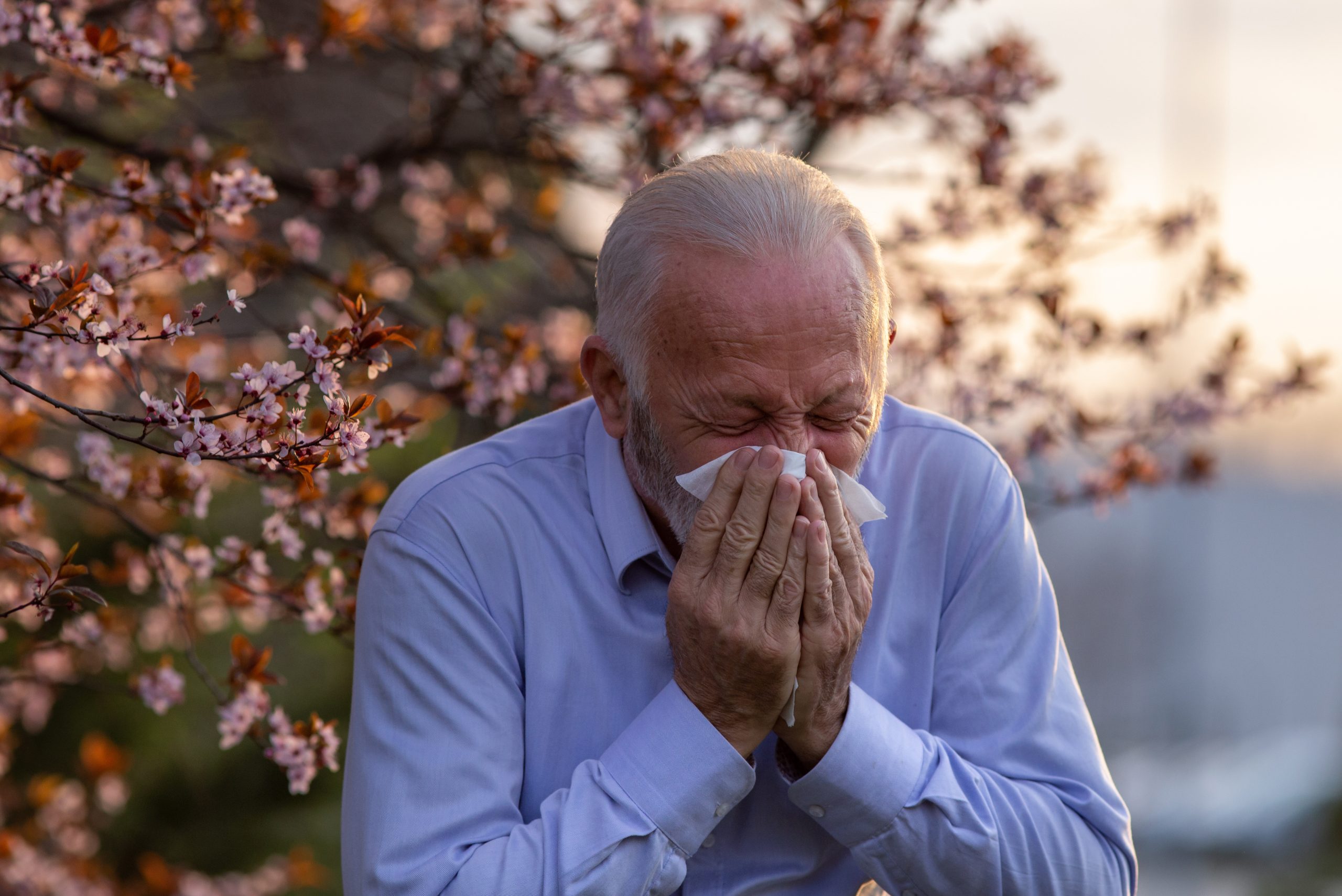How to know if your child has strep throat

Strep throat is an illness many of us know all too well. It’s highly contagious and can develop very quickly. Strep throat can strike at any point throughout the year, but peak season usually spans from winter to the beginning of spring.
Strep throat is an infection in the tonsils and throat that results from a bacteria named group A Streptococcus. This infection is caused by respiratory droplets made up of group A Streptococcus and can be transmitted when a person touches an item with the droplets then touch their nose or mouth, eat or drink from an item used by someone with strep throat or breathe in droplets with group A Streptococcus.
Keep in mind strep throat is commonly diagnosed in children ages 5 through 15, however, it can also affect adults and especially those who are around children often. Strep throat can be mistaken for other infections, so knowing how to spot the difference is key for determining the next steps for your child’s treatment and recovery.
Symptoms
It typically takes two to five days after being exposed to a person with strep throat to contract the infection.
Symptoms commonly seen as a result of strep throat include:
- Sore throat
- Headache
- Red spots towards the back of the mouth
- Pain when swallowing
- Rash
- Red tonsils that are swollen, which can also have white spots or pus
- Abdominal pain
- Fever
- Body aches
- Vomiting or nausea, without diarrhea
Strep throat prevention
The best way to reduce your child’s chances of contracting strep throat is to practice these hygiene methods:
Hand-washing – Wash hands thoroughly for at least 20 seconds. A fun way to help your child pass the time while hand-washing is singing Happy Birthday twice or the alphabet.
Share carefully – While we do want children to know sharing is caring, it’s important to remind them to do so safely. Remember to let your child know personal items such as eating utensils, straws, cups and plates should not be shared between people.
What to do if your child shows signs of strep throat
The ensure your child is on a speedy route to recovery, we recommend having them diagnosed by a pediatric care provider which may consist of a physical exam and swabbing of the throat for testing. After accessing your child’s condition, we will develop a care plan for their treatment which can include antibiotics, rest and supportive care.
Schedule an appointment by clicking here.
Regardless of the date published, no content on this website should ever be used as a replacement for direct medical advice from your primary care provider or another qualified clinician.






